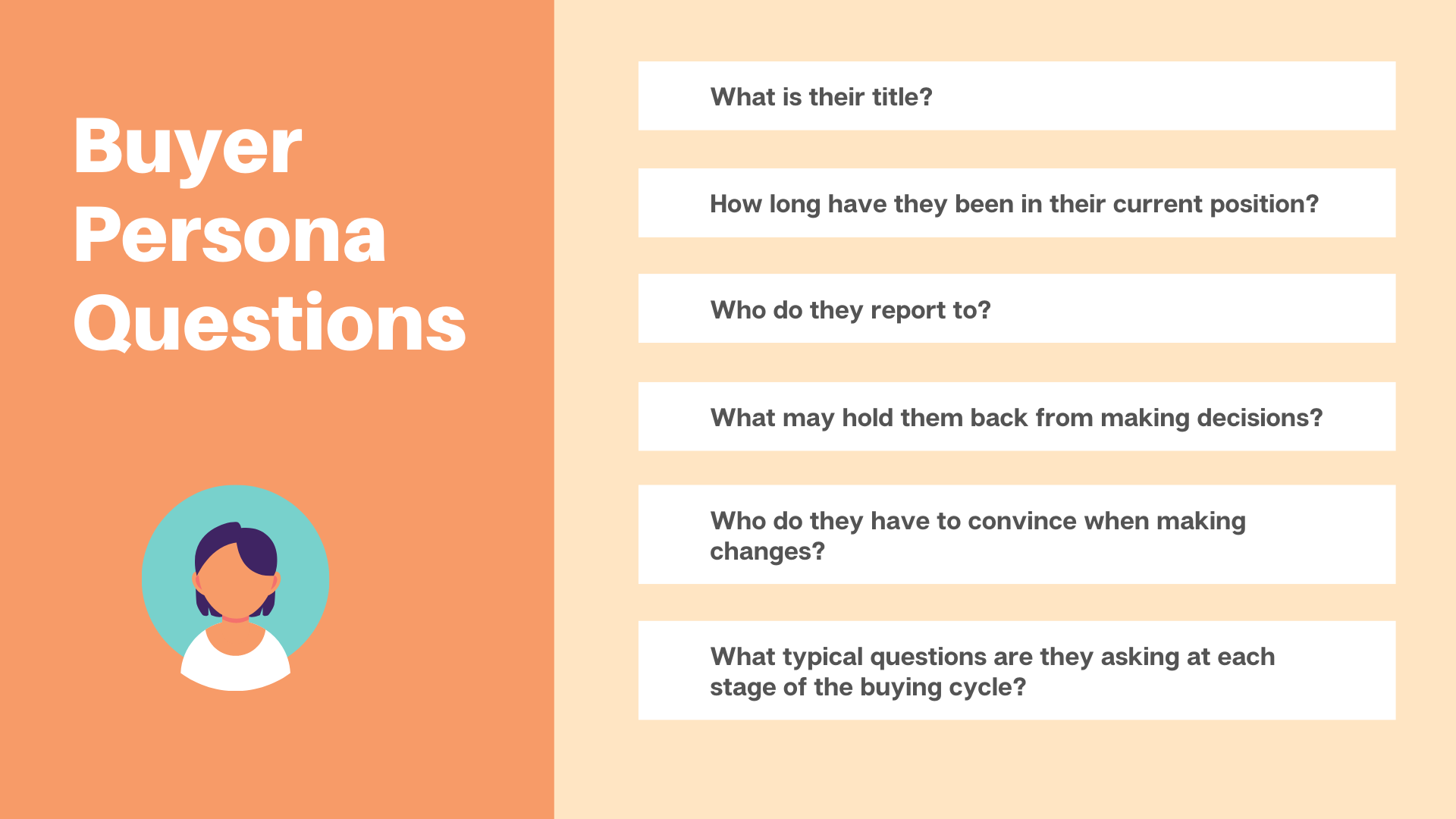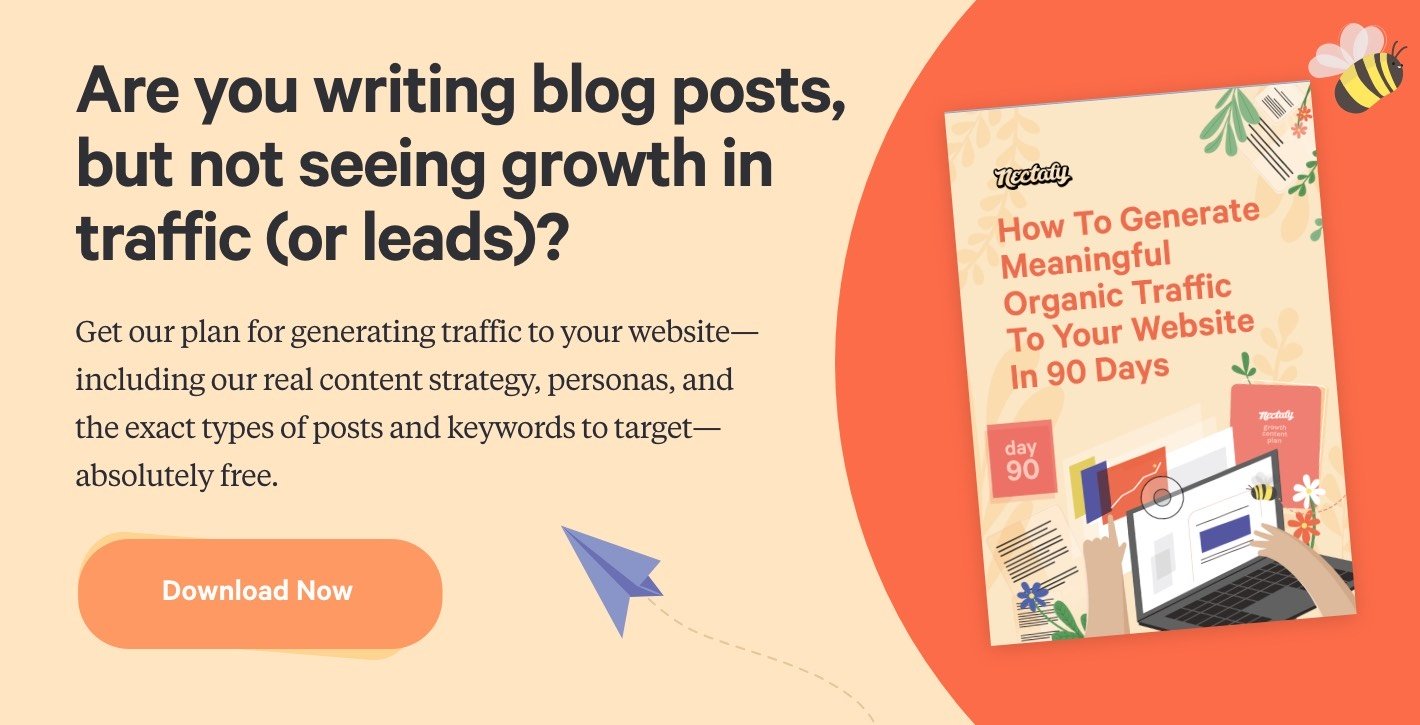The Importance Of Content Strategy & How To Get Started [Images + Data]


![The Importance Of Content Strategy & How To Get Started [Images + Data]](https://www.nectafy.com/hubfs/Images/Blog/importance-of-content-strategy-and-how-to-get-started-nectafy-1.jpg)
A decade ago, many business leaders were still on the fence about whether content marketing was just a buzzword or if it actually held promise for their companies. Fast forward to today, and there’s little doubt that this marketing practice is valuable to businesses of all shapes and sizes.
Because that’s the thing about content marketing—it’s an equal opportunist. Whether you run an ad agency or a software development firm, this marketing practice can help you:
- Generate leads
- Raise brand awareness
- Engage prospects and current customers
- Position your company as an authoritative source
- Complement other marketing tactics
Many studies conducted over the past decade indicate that effective content marketing typically generates more leads than traditional marketing tactics—sometimes as much as three to five times more. These benefits are why 72% of marketers report that their business views content as a core business strategy.
Speaking of strategy, that brings us to the topic of this article: the importance of content strategy, a key piece of the content marketing puzzle. Research and planning are crucial to successful execution—you can't just produce content and expect it to work. Keep reading to find out what content strategy is, why it works, and what happens when you skip this vital step.
The Importance Of Content Strategy
Content marketing strategy (or simply content strategy) is the high-level planning, structuring, targeting, and execution of media assets—blog posts, landing pages, videos, etc.—aimed at achieving a specific business goal, such as growing website traffic or generating digital leads.
Here’s why content marketing strategy is important:
It’s near impossible to reach your content goals when (1) those goals aren’t clear and (2) you aren’t sure of the steps you need to take. As with any business initiative, strategy guides your efforts.
Think of it in terms of the human body. Content strategy is like your brain and content is your hand. You can have strong, nimble hands—the best in the world—but without your brain, your hand won’t know what object to grab or how much force to use. In other words, even the best content can be lifeless without guidance from the right content strategy.
Why is a content strategy important for your business?
If you’re like many businesses, after you realized the impact of content marketing—or what we call growth content—you probably dove right in and started creating content. While we can understand your excitement, this wasn’t the right first move.
Here’s a scenario you’re probably familiar with: You want to grow your business, and you’ve tried different marketing tactics, including paid ads, referral systems, email marketing, and even content marketing. In addition, you have a lot of knowledge and insights you’ve been trying to share with your prospects and customers.
But—and this is a big but!—after reviewing the last six months of creating and distributing content, you realize you’re not getting the results you expected.
If you’ve been using content marketing for a while and haven’t made much progress toward your marketing goals, it’s likely you don’t have a clear content strategy in place.
First, let’s address whether your expected results were even realistic.
We’ll assume your goals were to grow website traffic and increase the number of organic leads you were receiving. If you started with 200 to 300 organic sessions per month and wanted to increase that to, say, 1,000 sessions, that’s a tough ask (especially without any strategy). Content marketing is a long-term practice that could very well get you to that goal, but likely not in a single month—or even three.
If you’ve been using content marketing for a while and haven’t made much progress toward your marketing goals, it’s likely because you don’t have a clear content strategy in place.
Without strategy, even if you managed to get to 1,000 organic sessions, you’d probably stagnate around that mark. Plus, those sessions may not even be from prospects with desirable intent.
For example, you may have strong brand awareness in your industry, and people are just searching your brand name. Or it could be returning users looking to log into their account. Another scenario that could be at play is an article that happened to go viral. You could see a spike in traffic month over month, but that may quickly recede. These are the more likely cases if you aren’t also seeing leads increase in tandem with more traffic.
Content Strategy In Practice
There are several foundational elements involved in developing a content strategy:
- Research. You can’t just wing it with content marketing. You need to paint a clear picture, and that takes due diligence in researching a multitude of aspects—keyword search volume, competitor content, target audience characteristics, and more.
- Keywords. Are you just writing what comes to mind, or are you centering your insights around the keywords your prospects and customers are actually typing into Google? For example, writing about your company picnic may seem endearing, but it’s not the type of content that gets you in front of prospects. (Save these for your newsletter for customers that already know you.) If you are using keywords, they may be the wrong ones or have the wrong search intent; they may also be ones your site isn’t capable of ranking for yet.
- Personas. Do you have a clear, in-depth profile for your target audience? We don’t mean just demographic data like “working moms ages 30 to 40.” Your buyer persona should capture as much information as possible about your target audience—likes and dislikes, typical struggles at work, problems they face, questions they ask, title, years working in their role, hierarchy position, business goals, etc.
Though these are all crucial aspects of content strategy that can make or break your overall content marketing efforts, you also need to change how you think about it. Ensure you take an unbiased approach to developing your strategy. As our lead content strategist Matt Kenny says, “Effective content strategy disconnects the ego from what you create.”
What he’s referring to is the typical approach businesses take with content strategy—they focus on what they believe to be important or interesting instead of deeply considering what their prospects and customers want to know about. This perspective shift alone has a dramatic effect on results.
Proper research with the right keywords and a detailed, relevant persona—combined with a prospect-centered perspective—enables you to develop a winning content strategy. Not only will you be able to produce useful content, but you’ll also be able to say, for example, “This content addresses Collaboration Carol’s specific needs as the team-focused head of operations.”
Too many businesses focus on what they believe to be important or interesting instead of deeply considering what their prospects and customers want to know about.
What kind of results can you expect after developing a content strategy?
We’ll start by saying results vary from business to business, even if they follow the same guidelines. There are always different external and internal factors that impact how your content strategy plays out in the real world.
In general, after developing and executing your content strategy, you should expect gradual growth over the first six months. For example, if you’re starting at 1,000 organic sessions per month, you may see 5% to 10% growth. You will steadily build content authority over time, which will help you go after more competitive keywords and rank higher with new content.
How much could your company grow with growth content?
Calculate your expected growth in organic visits based on the average Nectafy client.
Get all these numbers in your inbox.
Content Strategy Results: Case Study
One of our clients, a B2B SaaS company, was underwhelmed with the results its content marketing efforts were producing. Despite investing in paid promotion for its content, any growth they did see was often short-lived.

As the above graph shows, the company had spikes of views in the spring and early summer months—this was when it heavily promoted content. After pulling back on the promotion, viewership quickly declined, resulting in the site receiving only marginally improved viewership compared to pre-promotion months.
Believing that content marketing had promise but not fully understanding the missing link, the company reached out to us here at Nectafy. After reviewing their team’s efforts and discussing their goals, we did our due diligence and developed and executed a tailored content strategy for their business. Within a few months, the progress their content made was clear and compelling.
The following graph showcases how the company’s strategy-backed content performed without paid promotion. While its growth starts rising slowly in the summer months from about 1,000 views to 2,000, it gradually continues to rise to between 3,000 and 6,000 throughout the remainder of the year. And there are no dramatic drops because these increases are coming from organic searches instead of paid ones.

How To Get Started With Content Strategy
Before walking through some specific steps for developing your own content strategy, it’s important to keep a few things in mind:
- Don’t expect immediate results. You may not see any significant changes within the first three to four months. This can be frustrating, but remember this is a long-term marketing approach. Once you start seeing results, as long as you continue with it, you’ll see gradual growth that may jump as you grow your domain authority.
- Having a process is important. Once you develop a strategy, execution will require a process-oriented approach. Don’t address your content in an ad-hoc manner. Plan out how much time you’ll need to write, edit, and publish your content every month. Create a process for your strategy too—it should be dynamic, not static.
- Consistency is key. Whether you plan on producing three blog posts per month or six, be consistent. Don’t do six one month, then three the next few months. Understand what your team can handle and set time aside accordingly. If you can write more, that’s fine. You can always frontload the work if you have some extra availability—simply create the articles to publish at a later date.
Now let's walk through how you can develop a content strategy and get the ball rolling with execution.
1 Formulate your target persona.
As we touched on earlier, your target persona is an essential aspect of your content strategy. You need to be clear about who you’re producing content for, and how that content is addressing their specific concerns. For example, a vice president of operations at a 10-person small business is likely to have different needs than one at a 1,000-employee corporation.
Research the target audience’s needs and document them. Your team should always be able to refer back to details about the persona as they produce content to ensure alignment.
Here are a few key questions to answer to help build the persona:

2 Put together a list of seed keywords and topics to address for your persona.
Start with topics based on what you know about your business—from what you sell to how you operate. What do you want to be found for? What types of topics would your persona search for? These will be good starting points for homing in on specific keywords your person is interested in.
3 Perform keyword research.
Then you can use a search engine optimization (SEO) tool such as SEMrush for keyword research. When researching keywords, consider words and phrases your persona would actually use on Google. Also look at the search volume—higher is generally better, but there are exceptions of course.
For example, some keywords are highly competitive. If your website doesn’t have enough domain authority, it will be difficult to rank for those keywords. So you can start with less competitive—typically lower volume—keywords.
Search intent is also important here. What exactly are people wanting to know when using a keyword? Be sure your research reflects this by doing searches and reviewing the top results.
4 Produce relevant content.
Now it’s time for production mode. Take the strategic elements from above and create content that aligns accordingly. Remember to put a process in place so you can be consistent in applying your content strategy.
Also, consider a few aspects about content:
- Length matters. Recall how we noted some keywords may be out of your reach due to low domain authority. Well, sometimes you can beat more authoritative sites with longer, good-quality content.
- Quality also matters. You probably remember the term keyword stuffing, which was popular when SEO first hit the scene. Simply placing keywords in the post enough times, surrounded by fairly intelligible content, was often enough to rank. Google doesn’t like that anymore. It expects human-readable, high-quality articles that adequately address users’ search queries.
You have other content options beyond creating new pieces. There are plenty of post types you can explore. Instead of writing a new article, for example, you can rewrite an old one to counteract content decay, where pieces naturally decline in traffic over time. You can also combine different pieces together to remedy them both not ranking well or to avoid keyword cannibalization, where multiple pieces of content from the same site fight over ranking for the same keyword and bring down the overall ranking of both.
5 Measure your results and adjust accordingly.
As with any business initiative, it’s important to keep track of your progress toward desired goals and make adjustments along the way. Be sure to set up relevant reporting and have regular discussions to ensure your content strategy and execution efforts stay on track. This will maximize your chances of success.

Need help with content strategy?
If you made it to the end of this post, you’re now keenly aware of the importance of content strategy and what it takes to develop it. Keep in mind, we are a team that does content marketing (or what we like to call growth content) for a living. So if you need help—or just have some more questions about content strategy—please drop us a line. We’d love to help.
Read next: What Does B2B Content Strategy Look Like?

